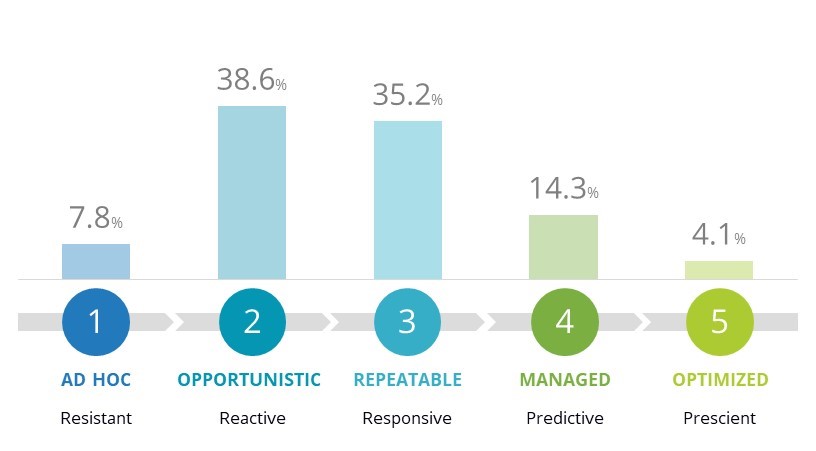The supply chain is going through a series of seismic changes. There are shortages everywhere, and their root causes are varied. In some cases, it is historical capacity unable to keep up with demand growth; in others, it is supply disruptions due to a lack of workers or shipping containers.
Sustainability and sustainable operations have re-emerged as a critical set of capabilities for this highly disruptive new/next normal.
To meet their business goals, manufacturers must be able to not only adapt quickly to disruptions, but also capitalize on changed circumstances. They should be able to adopt new business models where the opportunity presents itself.
This requires a resilient supply chain that can see and analyze what is happening in real time and then act quickly on the resulting information. The results of the IDC 2022 Global Supply Chain Survey also show that improving supply chain visibility and agility are the top two areas of focus for European organizations to reduce risk in their supply chains.
IDC’s Digital Supply Chain Resilience Maturity Benchmark
The IDC Maturity Scape: Digital Supply Chain Resiliency provides senior leaders with a framework to assess their digital supply chain resilience and define a path for improving business performance in the face of increasingly frequent supply chain disruptions.
Below is a graphic representation of the five stages of supply chain resilience maturity as defined by IDC – from the simplest, unstructured ad hoc stage to the advanced, systematic and optimized stage.
Source: IDC, 2022
Maturity distribution of European producers along the stages
According to IDC’s supply chain resilience MaturityScape Benchmark Survey, 2022, with 200 European respondents, we found that European manufacturers across all industries are at different stages of their digital supply chain resilience journey.
One that will affect how products are designed and brought to market, what their supply chain planning and execution entails, how products are manufactured and fulfilled, and what their level of engagement with customers and consumers is.

The main findings of this landmark study include:
- Only 4.1% of supply chains are at the highest levels of digital supply chain resilience maturity, indicating that there is still significant progress to be made and value to be achieved using modern processes and digital technologies.
- Less than a fifth of all supply chains are in the first 2 stages of maturity, providing a competitive advantage, especially during times of major disruption.
- In contrast, nearly half of the responding organizations are in the lowest two stages of maturity, with supply chains that are either competitively neutral or a source of competitive disadvantage.
Supply chain resilience is a long journey
Building digital supply chain resilience is a longer-term journey that must go through stages of maturity, from the simplest ad hoc, unstructured stage to the most advanced, optimized, systematic.
This journey represents a significant transformation for many companies and leadership teams, and will vary for different companies based on the sub-industry in which they compete and their previous efforts to transform their supply chain.
There seems to be no doubt that manufacturers are now competing in a fast-paced, disruptive and information-intensive world where both successes and failures exist with full transparency.
In this context, the old ways of working simply will not be enough. The last two years have not been easy for the supply chain, and 2022 does not seem poised to reverse that trend.
Having the right vision, leadership and culture is critical to the success of any endeavor, and supply chain resilience is no exception.
Operating in an environment where finding labor and talent is a major challenge means understanding how to better train the people you can find and how to effectively use technology to enhance routine or memorable tasks that can distract them attention from value-added tasks.
Sustainability encompasses all of these things and must evolve from a “program” to how we run our supply chain. Sustainability should be integrated into tactical and operational supply chain processes, with metrics reporting that determine impact and drive continuous improvement.
Contact me Gunjan Bassi at [email protected] to learn more about this IDC MaturityScape Benchmark. You can also read our report titled IDC MaturityScape Benchmark: Digital Supply Chain Resilience in Europe, 2022 (ssubscription is required).
Resilience is also one of the pillars of IDC Insights’ PRIME Framework and will be covered in time IDC Manufacturing Summit 2022. Join us to learn more. Registrations are now open.
